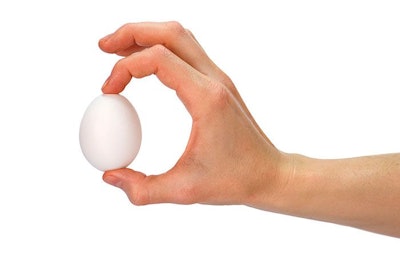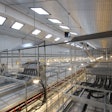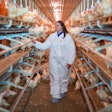
California voters passed Proposition 12, which requires that all eggs produced or sold in California be from hens that are not housed in cages by the end of 2021. I am not a proponent of cage-free housing for hens, but passage of this ballot initiative in California could wind up being a good thing for U.S. egg producers.
Many major U.S. food service operators and retail chains have pledged to only purchase cage-free eggs by some future date, generally by 2025. I think that these purchase pledges are misguided, and perhaps some of these companies that have made pledges do as well, since many have not significantly increased their purchases of cage-free eggs, nor have they announced plans for how they will move from current levels of cage-free purchases to 100 percent over the next six years.
The U.S. Department of Agriculture (USDA) Cage-Free Shell Egg report released December 3, 2018, estimates the U.S. non-organic cage-free layer and the certified organic cage-free layer populations at 41,470,000 and 15,686,000 hens, respectively, and 57,156,000 cage-free hens total. The December 2018 USDA Chicken & Egg report estimates the total U.S. table egg population at approximately 325 million hens. So, in November 2018, cage-free hens made up 17.6 percent of the total flock.
The U.S. Census Bureau estimates that in 2017 the California and U.S. populations were 39.54 and 325.7 million people, respectively. If we assume that Californians are currently consuming cage-free eggs at something like the U.S. average, then Proposition 12 will provide a market for production from another 32.5 million more cage-free hens by the end of 2021. This might help reduce the market chaos that an overnight transition from the current low rates of use of cage-free eggs to 100 percent would certainly create.
















